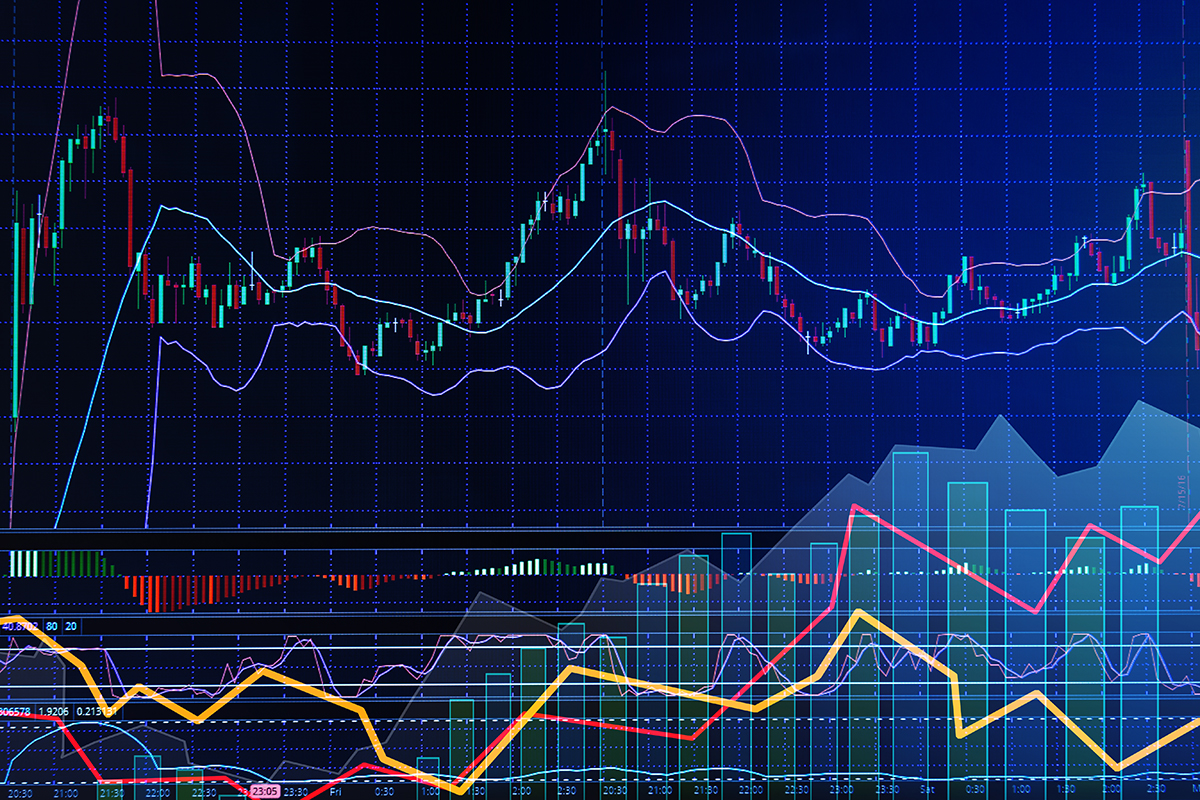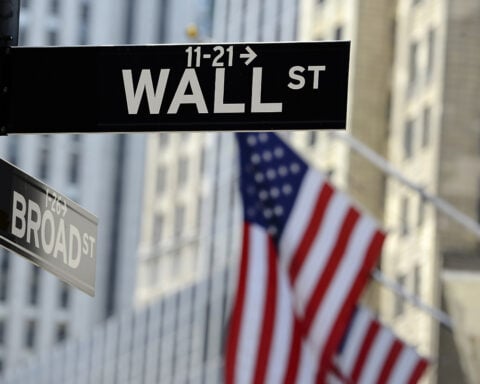Wall Street exhibited instability as investors weighed the benefits and drawbacks of the most recent indicators that the American economy is performing far better than predicted.
The S&P 500 remained relatively stable during the initial trading hours, experiencing only minor gains and losses. The Dow Jones Industrial Average increased by 91 points, or 0.3%, to reach 33,941 while the Nasdaq composite slightly dipped by 0.1%.
Bond market yields saw a considerable increase following data that revealed the U.S. economy had grown at an annual rate of 2% in the first quarter, notably surpassing the previously estimated 1.3% rate. Another report showed a smaller than-anticipated number of workers filed for unemployment benefits last week, indicating a resilient job market despite high interest rates designed to temper the overall economy.
“The US economy is showcasing authentic signs of resilience,” commented Gregory Daco, chief economist at EY, causing many to wonder if a predicted recession is indeed unavoidable.
On the positive side, this data indicates a sustainable economic growth and business profit which are essential for the stock market’s vitality. However, it may also imply that the Federal Reserve views the economy as robust enough to continue increasing interest rates in an attempt to reduce inflation.
Since early last year, the Fed has aggressively escalated rates. While these high rates aim to curb inflation by impeding overall economic growth, they have adversely affected manufacturing and other sectors, contributing to three significant breakdowns in the U.S. banking system.
The recent data have led to traders’ expectations for the Fed to hike rates twice more this year, according to CME Group data. Although the Fed had hinted at this course of action, Wall Street had been reluctant to accept it, predominantly forecasting only one increase.
This expectation shift contributed to a rise in the two-year Treasury yield from 4.71% to 4.87%. This yield often reflects anticipated Fed actions.
The 10-year yield ascended from 3.71% to 3.83%, influencing mortgage and other critical loan rates.
Banks enjoyed some of the largest gains in the stock market, with Wells Fargo, M&T Bank, and JPMorgan Chase rising by 3.2%, 3.1%, and 2.7%, respectively.
On Wednesday, the Federal Reserve announced that the country’s 23 largest banks could withstand a severe recession in its most recent “stress test” of the system. A more robust economy could enhance banks’ loan-based profits, but higher interest rates strain their balance sheets.
Jerome Powell, Chair of the Federal Reserve, cautioned on Thursday that the central bank might need to strengthen the system’s regulation following the collapse of several banks when the increased rates devalued the bonds and other investments made during the ultra-low rates.
Investors are keenly monitoring smaller and mid-sized banks as potential vulnerabilities in the system. Several of these banks, such as PacWest Bancorp, which saw a gain of 5.9%, have started to recover from earlier substantial losses this year.
Rite Aid’s shares rose by 4.4% after reporting a more substantial profit for the most recent quarter than analysts projected.
Despite announcing better-than-expected results for the last quarter, Micron Technology witnessed the most significant drop in the S&P 500 with a 4.5% decline. The memory and storage company expressed optimism that the worst has passed for its industry’s revenue and anticipates an improvement in profit margins.
Wall Street had a mixed day as traders grappled with the implications of a resilient U.S. economy, robust interest rates, and the potential for further Federal Reserve tightening. On the plus side, banks made significant strides and some companies, like Rite Aid, outperformed analyst expectations. Conversely, despite reporting more substantial results, other companies like Micron Technology saw their shares decline. As the economic landscape continues to shift, investors and analysts alike will be closely monitoring the movements of the Federal Reserve and the stock market’s response to these changes.







